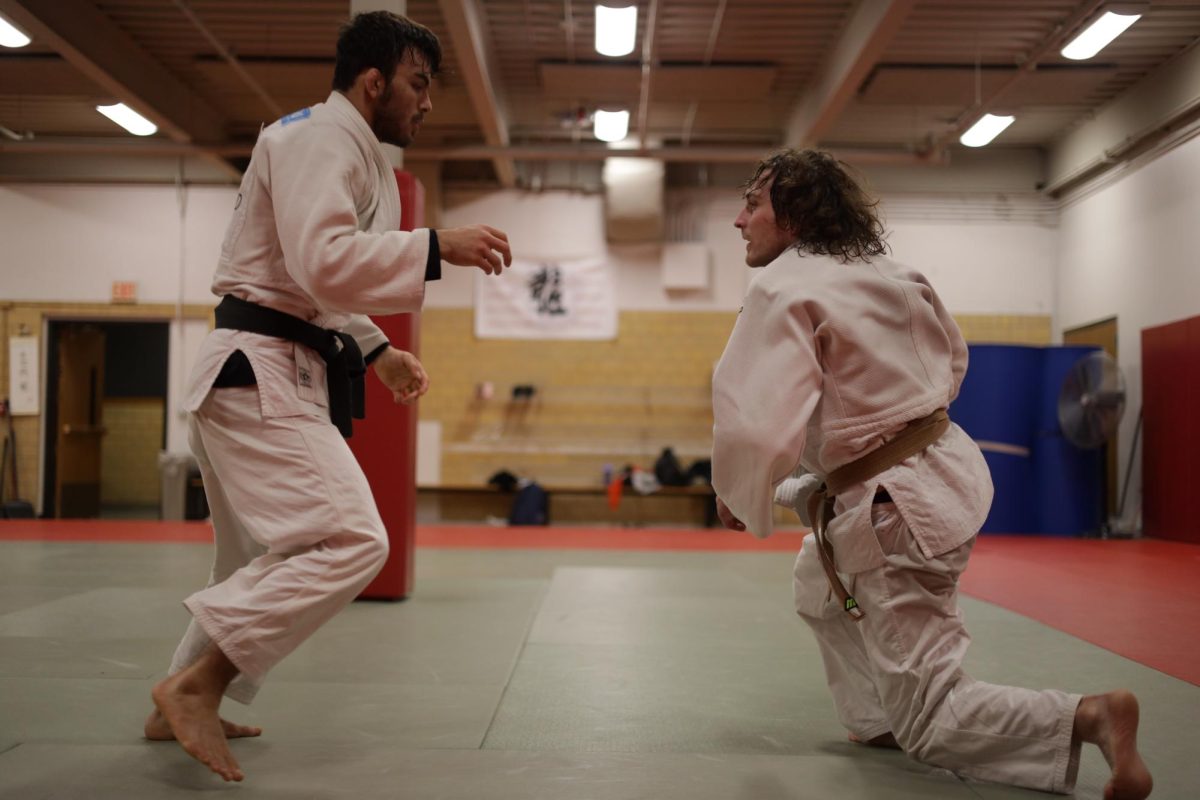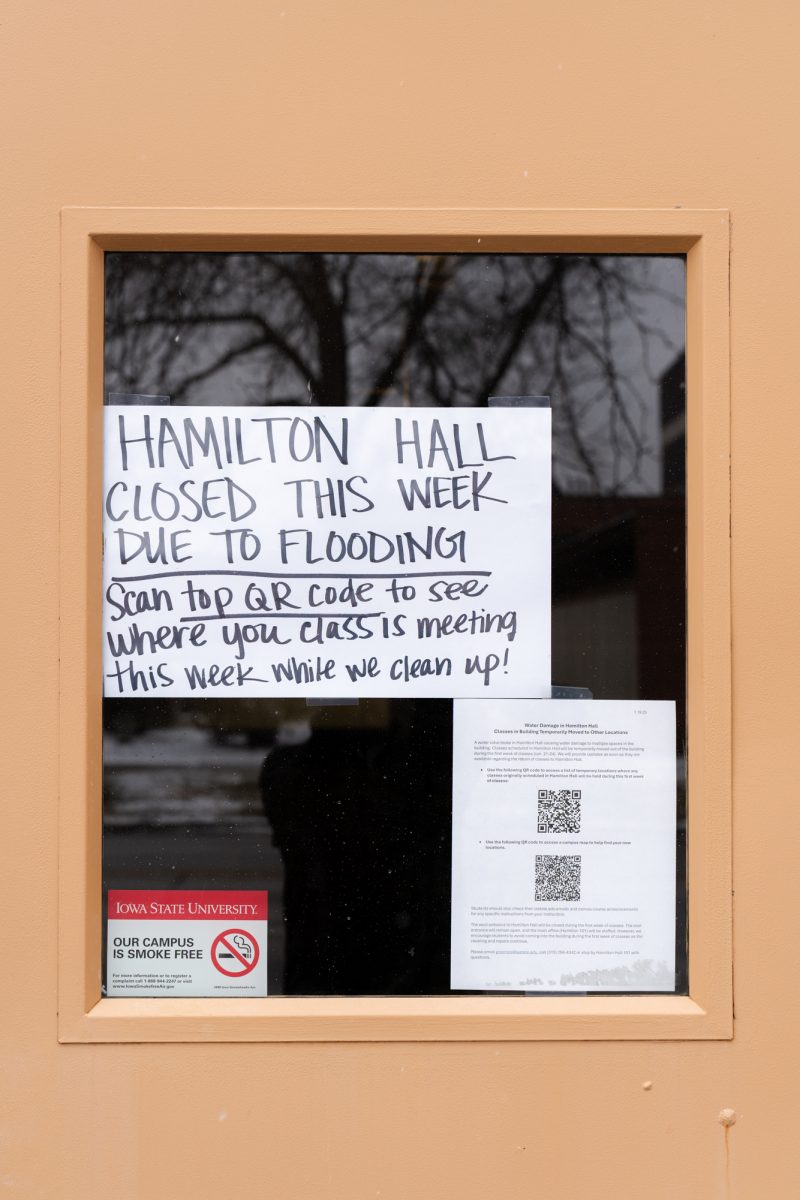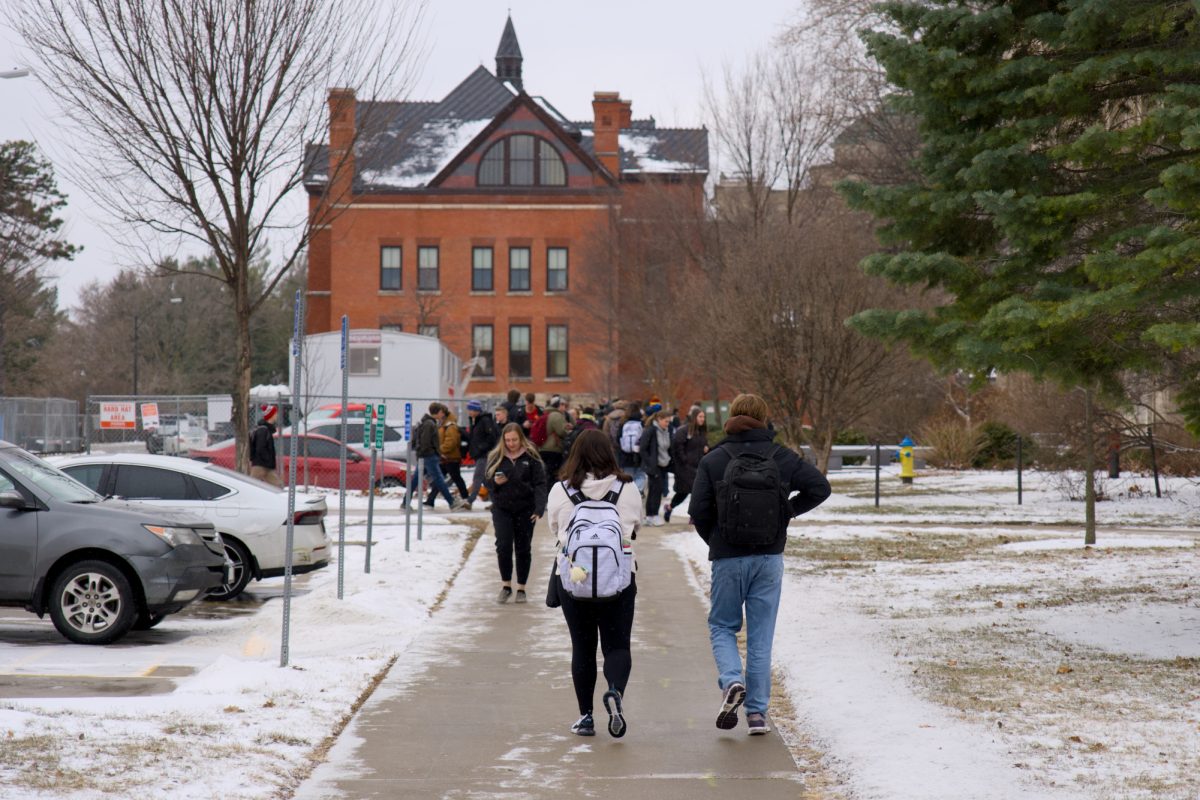Laws and liability concerns influence central Iowa’s rave scene
September 18, 2002
From breaking into abandoned warehouses to dancing at the Capitol steps in Washington, D.C., the electronic scene, better known as the rave scene, has undergone massive transformations in its 20-year existence in the United States.
However, with growing public scrutiny, many wonder if the end is near for this nocturnal nightlife, or if it is just part of the cycle of life that has been an integral characteristic of the scene since is inception.
Not unique to the rest of the nation as a whole, the Central Iowa region has had a thriving rave scene since 1993.
Internal friction and pressures from outside forces drove it back down into the underground, where it thrived mainly as small gatherings of friends in basements.
“After I got there, I knew it was where I wanted to be,” says Aaron Danielson, local DJ and member of the Des Moines-based Sublunary crew.
Danielson, like many other promoters, is a seasoned veteran of the local and regional rave scenes. After attending his first party in 1993, Danielson said he fell in love with the ideas presented by the culture. In 1996, he began to collect records and started to DJ under the name Nnothing. It was a natural evolution that he began throwing parties under the Invasion moniker in 1998 – first in St. Louis, but later on in Des Moines.
Des Moines isn’t the only place where a lot of the events have been happening. Ames has had its fair share of events since 1995, although they may be a bit more twisted than most of the conventional events that go on around here.
“In Iowa, there isn’t a lot of hardcore or dark music – Central Iowa, Ames specifically, seem to be the nexus for that,” says Stephan MacDonell, senior in biochemistry and philosophy member of the Subconscious Collective.
Ames, while being a traditionally conservative town, has been able to maintain its fair share of events. Since mainly small scale events have been held, the scene has nurtured a close bond between many people.
“The true barometer of any scene is the smaller events,” says Phil Duple, an Ames-area musician who is commonly known as Stillborne.
Locations for events have ranged all over Story County – from a rock climbing gym to a storage warehouse off Elwood Drive.
However, as the popularity of these events increased, so did the number of people wanting to throw parties. While this could be seen as a good thing in most areas, there simply aren’t enough people, says MacDonell, to support all the events. Simple economics states that when a market gets saturated, everyone suffers.
“There were just too many people throwing parties for the completely wrong reasons,” Duple says.
Too many parties weren’t the only reason. Many got canceled due to lack of permits and venue changes. Regular attendees or new people to the scene became discouraged that so many events either turned out lackluster or didn’t happen at all. Eventually they quit showing up.
There have been other factors that have influenced a recent downturn in attendance.
“Liability is always something I’m worried about, or the long-term ramifications of what someone’s actions may cause,” says Ward Black, a local landowner who has allowed many events, including ones by Sublunary and Subconscious Collective, to be staged on his property.
Black’s property is one of few secure venues available in the immediate region. Many landowners have been scared away by current legislation, like the “crack house” laws that are now being used to prosecute promoters and crack down on the entire subculture.
On the horizon now is something that has gotten the entire community on its toes – a bill titled “Reducing America’s Vulnerability to Ecstasy” act, or simply the RAVE act, sponsored by Sen. Charles Grassley, R-Iowa.
“Its a blatant attempt at restricting the rights of certain group of people,” MacDonell says.
The proposed bill has come under heavy scrutiny from constitutional liberties groups such as the ACLU and drug policy activists groups for its overly broad and indirect language.
Its intention is to expand the already existing crack house laws further to encompass landowners, promoters and more mainstream events. Critics argue that the bill could be used to silence more than just the rave crowd, or a crooked promoter. In it, it contains the power, they say, to shut down not only a rave, but anything that is suspected of drug usage, including a concert, baseball game, or even a friend’s wedding reception at an event center.
“A Band-Aid isn’t going to cover the wounds that are already here,” says Black, who now has began throwing his own events with his crew, MI6 Studios.
Many promoters and activists have begun to petition and organize protests, with one of the latest culminating in an all-night event on the nation’s Capitol steps.
Laws are just another one of the adverse factors that this culture is facing. With the growth of the scene, many aspects, just not venues, have become increasingly harder to come by.
“The rockstar DJ can go to hell for all I care,” Duple says.
With DJs being featured everywhere from clubs to the newest Ford commercial, many have begun to raise their prices, maybe only a few bucks, or even a few thousand dollars. According to booking agents, Paul Oakenfold’s current booking fee is upward around $40,000. Many promoters can’t afford the fees, or refuse to pay that much for DJs. While new kids are clamoring for these DJs, relying on name recognition alone, the local talent gets ignored. It’s been said that it’s easier to get an out-of-state booking than in Iowa.
“I’ve heard just as good, if not better DJs around here, than a lot of these national or international headliners,” Duple says.
All hope is not lost, though. In what can be almost described as the mythos of the rave scene, an idea of a cyclical pattern has developed. “Everything in the scene ebbs and flows,” MacDonell says.
While days of the mega-rave may pass, many know it will be hard to kill off the music and the events that help spread it all over.
Many crews and people have had to rethink the ideas of what a rave is now. Some promoters in the area have either side-stepped the conventional idea of a rave, by holding events that take place at peak hour of the day, ending sometimes at dusk or midnight. Others have returned to the small intimate gatherings that were the basis for the early days of the rave scene.
Either way, the rave scene will continue to ebb and flow onward.
“Its not going to be some mushroom cloud of activity,” MacDonell says.
Iowa seems to have a plethora of crews running around throwing parties. Here’s a highlight of a few of the more active ones:
Sublunary: (http://www.SublunaryAM.com)
Des Moines
Evolved from the legendary Invasion Crew, the Sublunary crew have built upon their original ideals of throwing parties, extending them further into creating a powerhouse booking agency. As the Invasion, they began throwing parties in 1999, and moved up to the Sublunary crew in December of 2001.
Subconscious Collective:
Ames
An original Ames crew, the Subconscious Collective have always specialized in the dark and twisted forms of music, giving some of the more ignored forms more attention while presenting quality, intimate gatherings. The crew began throwing parties in the area in the early 1990s, and have come back into the fold after a short hiatus.
MI6 Studios: (http://www.MI-6.8M.com)
Ames
Another Ames-based crew that has, as of late, been taking a different approach at the idea of a rave, by integrating large-scale props and arena-style lighting into their events. After having a few small events in the fall of 2001, the MI6 came into its own in April of 2002 when it threw Elevation, at B & B Mountaineering.
Iowa Rave Liberation Front (IRLF) (http://www.irlf.org)
Des Moines
An off shoot of the original Invasion crew, the IRLF have returned to the original underground aesthetic while infusing revolutionary politics into their parties. Beginning in early 2001 with MK Ultra, later on returning with Revolt, in spring of 2002.
Sound Proof Coalition:
Des Moines
The godfathers of the rave scene in Iowa, the SPC have provided inspiration for many of the people that are still throwing parties and spinning records. Though the group is somewhat splintered since each member is busy with projects. DJ Starscream is now playing with Slipknot, Phase II is playing in the funk band Interstellar Bus Stop, and the rest of the crew is busy with producing new tracks. The group still gets together and plays out, but has since quit throwing parties.
– Josh Nelson






